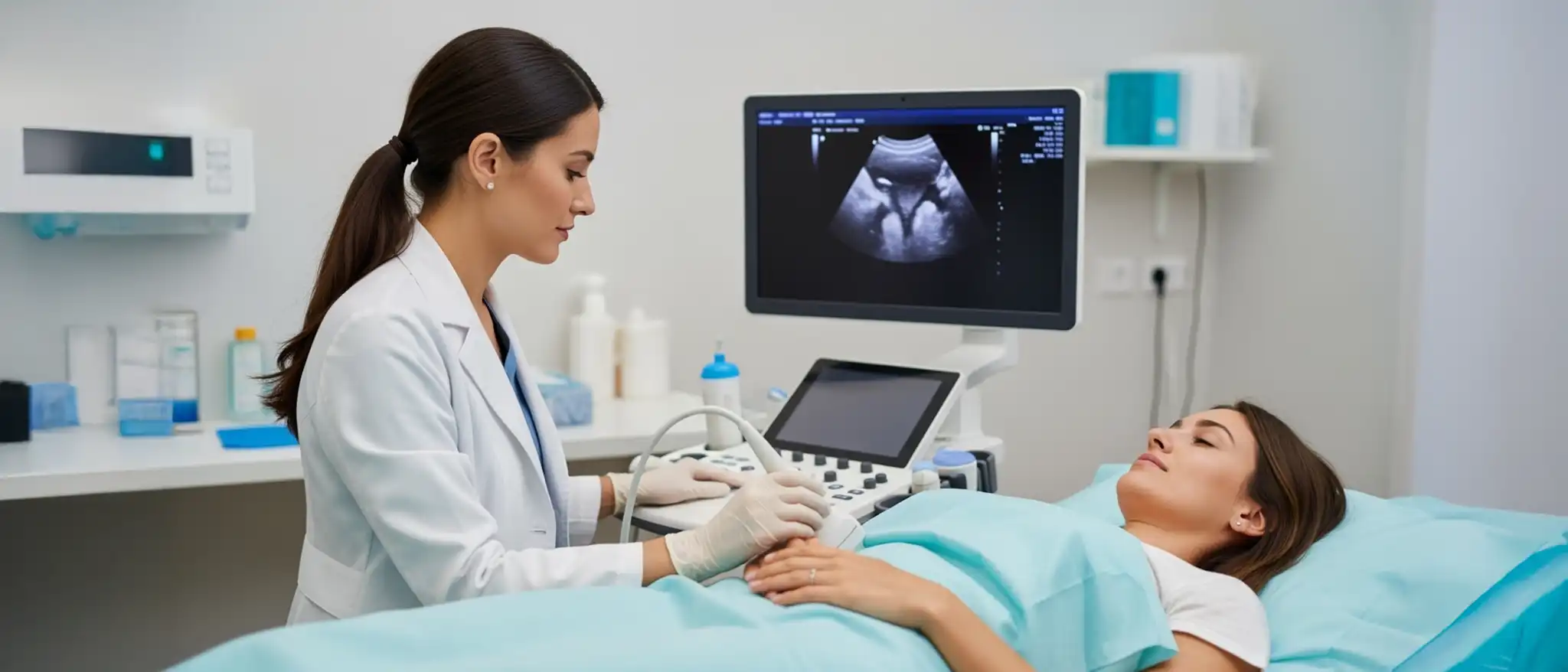Embryology is a vast subject that includes many concepts, and for aspiring embryologists, understanding these concepts is not just important from a scientific perspective, but also important for how it can be clinically applied in ART (Assisted Reproductive Technologies) to increase the chances of pregnancy for couples who are facing infertility issues. ART includes techniques that focus on successful development and transfer of embryos. Sometimes during procedures like IUI, IVF, ICSI, etc., even developed and high quality embryos may fail and lead to unsuccessful pregnancies. A major factor which leads to this is low or poor endometrial receptivity. This blog is all you need to understand endometrial receptivity and implantation, so read till the end to understand the concepts.
Endometrial Receptivity
For a successful pregnancy, the developing embryo has to be transferred into the uterus, where it implants itself onto the uterine lining (known as endometrium). Here, the embryo, which has developed two structures called the blastocyst, has a high chance of attaching itself to the endometrium, invading it, and initiating the complex process of developing into a fetus, transforming itself into a baby as it grows through the gestational period.
1. The Window of Implantation (WOI)
It is a limited timeframe in the menstrual cycle, during which the endometrium (uterine lining) is receptive, meaning it is prepared to accept the embryo. This WOI is very important since the uterine lining will be resistant to embryo implantation outside this timeframe.
2. Molecular and Morphological Markers of Receptivity
Apart from the timeframe, other factors also play a vital role in the success of embryo implantation. This includes molecular markers, like growth factors, cytokines, specific gene expressions, like (HOXA-10), adhesion molecules such as integrins, and morphologic markers like the pinopodes, thickness and morphology of the endometrial lining, in addition to a good subendometrial blood flow.
Hormonal Regulation of the Endometrium
In a menstrual cycle, the inner lining of the uterus (endometrial lining) changes in tune with ovarian hormones. This is how the endometrium prepares itself for receiving the implanting embryo. Let us see how these hormones affect the endometrium.
1. Estrogen and Progesterone
During the follicular phase in the menstrual cycle, estrogen stimulates the uterine lining to make it receptive for the potential implantation. When the follicles in the ovaries rupture, both progesterone and estrogen hormones are produced, which makes the endometrium more receptive to the implanting embryo as well as sustaining embryo development through the luteal phase.
2. Effects of Hormonal Imbalance on Receptivity
In case there is an imbalance of hormones, the endometrial receptivity can be affected. Hence, even embryo implantation using ART procedures can fail.
Embryo Implantation Phases and Processes
1. Apposition, Adhesion, and Invasion
(window of implantation) needs to be perfect. Uterine contractions, influenced by hormones, aid the embryo to be placed near the receptive site for a high chance of success when the blastocyst first makes a contact with the endometrial lining (this is called apposition).
For adhesion during ART procedures, progesterone support is provided to facilitate blastocyst adhesion.
Next, in the invasion stage, the trophoblast cells of the blastocyst slowly invade tissues in the inner lining of the uterus. This process also results ultimately in the formation of a healthy placenta as well.
2. Molecular Signaling Between Embryo and Endometrium
ART procedures also focus on molecular signaling between the endometrium and the embryo. This includes signals by microRNAs, cytokines, growth factors, and progesterone hormonal signals.
Why Endometrial Receptivity Is Important for Embryo Implantation
1. Window of Implantation
Accurately estimating the window of implantation (WOI) and transferring embryos into the uterus yields a high chance of success. This is because the endometrial lining is most receptive during the WOI.
2. Optimal Environment
When the endometrial lining has the right morphology, thickness, and hormones, it is the optimal environment for embryo implantation. This is why timing the endometrial receptivity is very important.
3. Successful Embryo Implantation
The success of the implantation depends on the right timing and signaling between the endometrial lining and the blastocyst (fully developed embryo), so assessing the endometrial receptivity can help in increasing the chances of success.
Factors Impacting the Success of Embryo Implantation
1. Genetic Factors & Immunological
Diabetes, thyroid disorders, and the state of the immune system effects the embryo implantation in the uterus.
2. Fibroids, Polyps, Adhesions
If the lining of the uterus is affected by anatomical & altered conditions like polyps, scarring, fibroids, and adhesion issues, besides poor subendometrial blood flow, it may affect the success of embryo implantation.
3. Lifestyle and Environmental Influences
Some lifestyle factors, like alcohol consumption, obesity, smoking, chronic stress, exposure to pollutants and environmental toxins, etc., contribute adversely to the endometrial receptivity, culminating in unsuccessful implantation.
Key Takeaways
- For higher chances of the embryo implantation and development following ART procedures, endometrial receptivity is pivotal.
- Inter-play of hormones like progesterone and estrogen are very important for the embryo implantation.
- Matching the WOI (window of implantation) with the embryo transfer in ART is crucial for successful implantation.
- Factors like hormonal imbalances, genetics, lifestyle, & environmental factors negatively impact the receptivity of the implanting embryo into the endometrial lining.
Frequently Asked Questions
Yes. Even a developing & potentially good quality embryo may fail to implant during ART procedures because of the mistiming of the window of implantation (WOI) and other factors that affect the lining of the uterus.
To assess the endometrial receptivity, you may need to consult a professional fertility clinic or a specialist, who will use various techniques like ERA (endometrial receptivity assay) or ultrasound to check if the lining has optimal conditions for an embryo transfer.
Maintaining a good lifestyle, like managing stress, minimizing alcohol consumption & limiting smoking, retaining a healthy weight & BMI, protection from pollutants & environmental toxins, etc, may improve the endometrial receptivity.
A lot of factors, including anatomical issues of the uterus, conditions like the presence of polyps, fibroids, etc., age-related issues, hormonal imbalances, and genetic disorders, can affect the endometrial receptivity.






